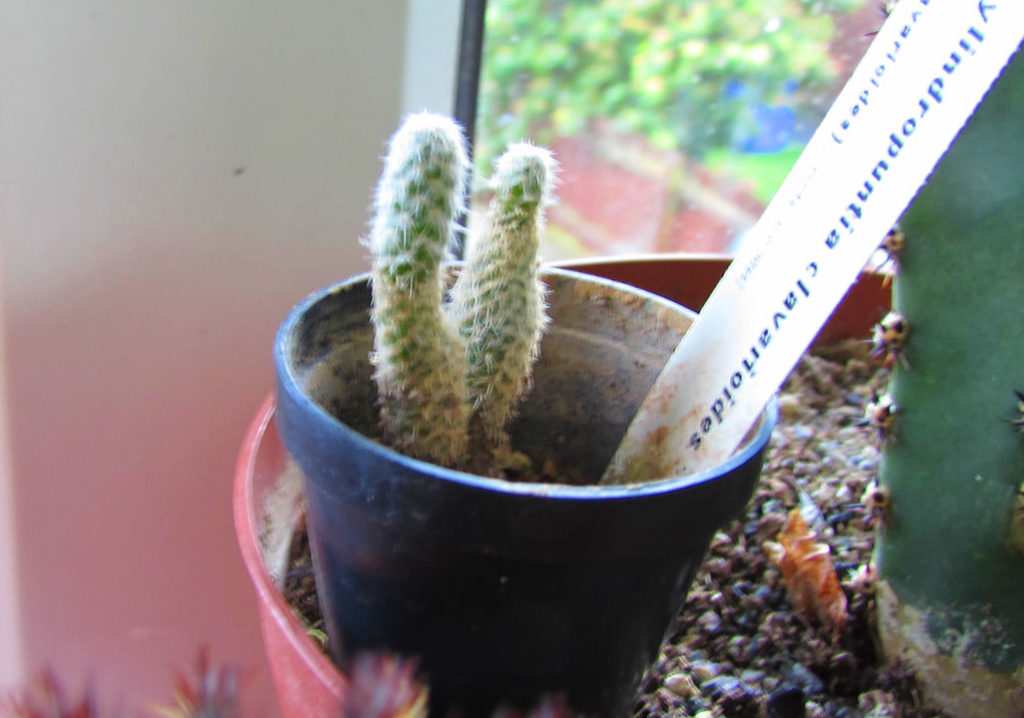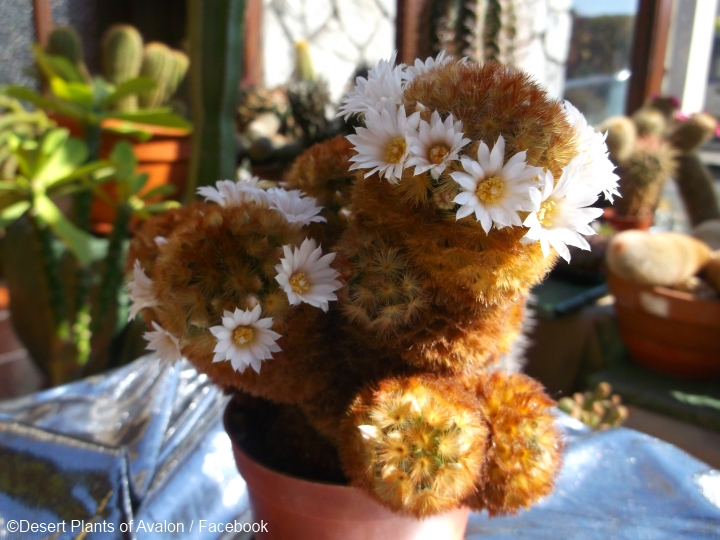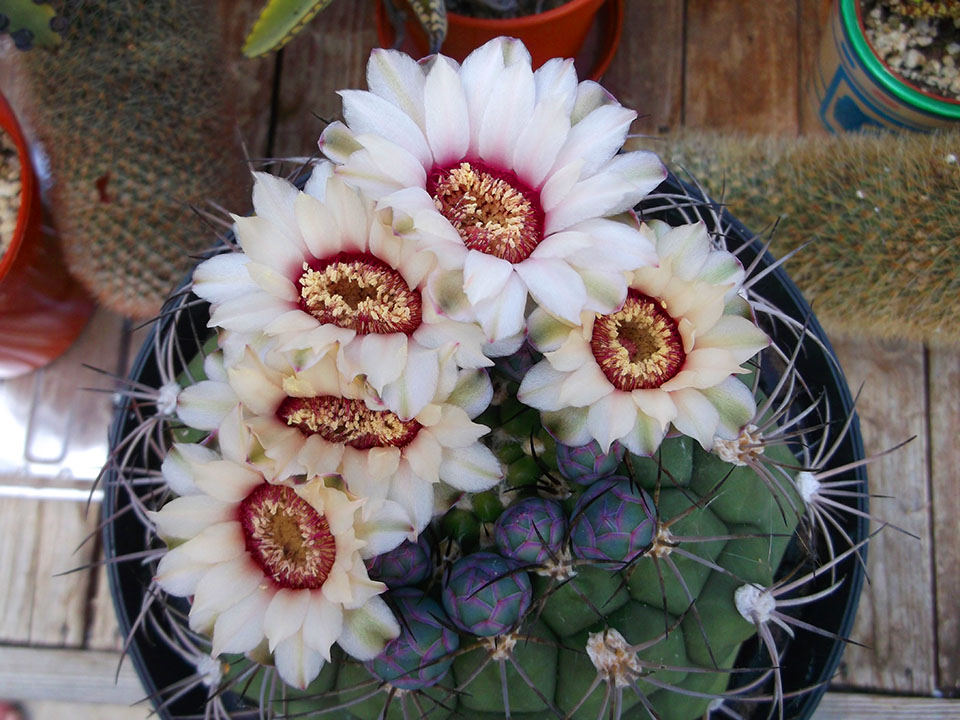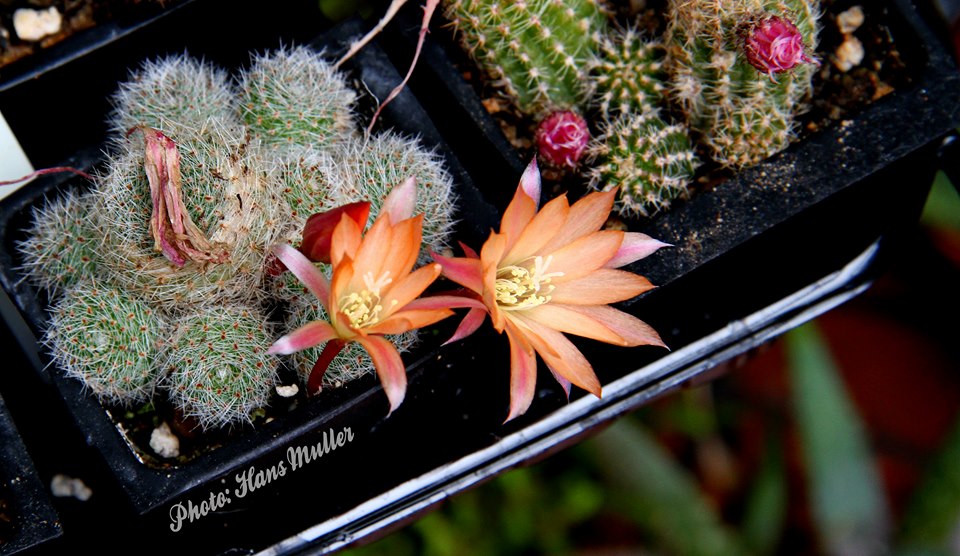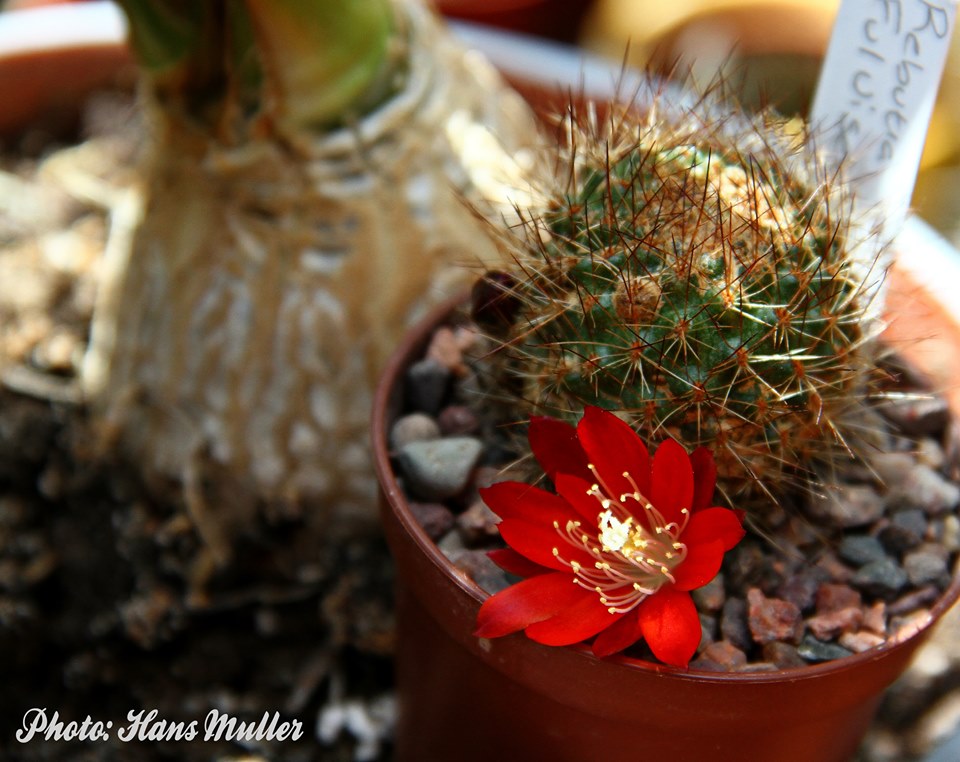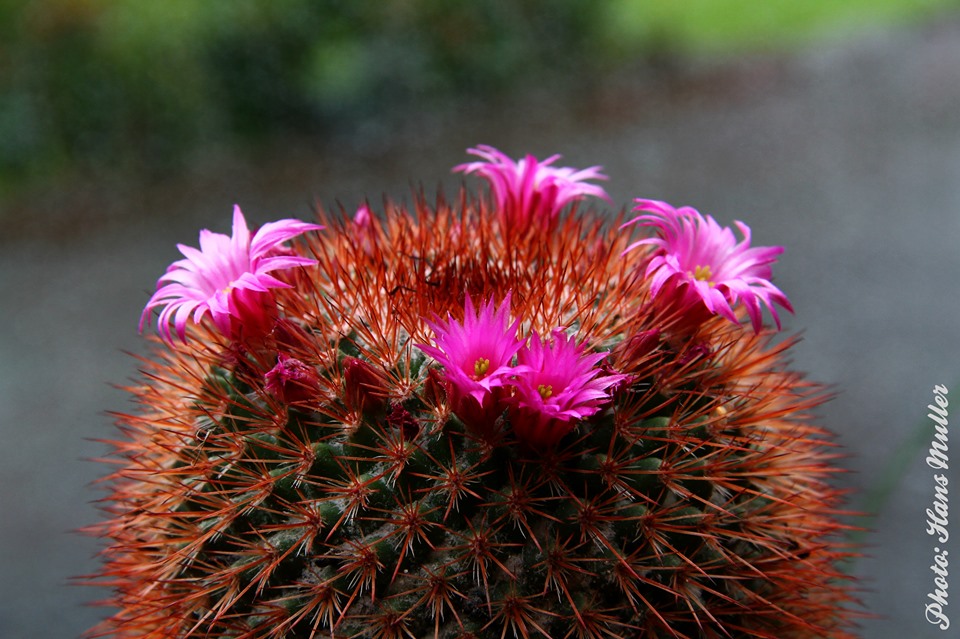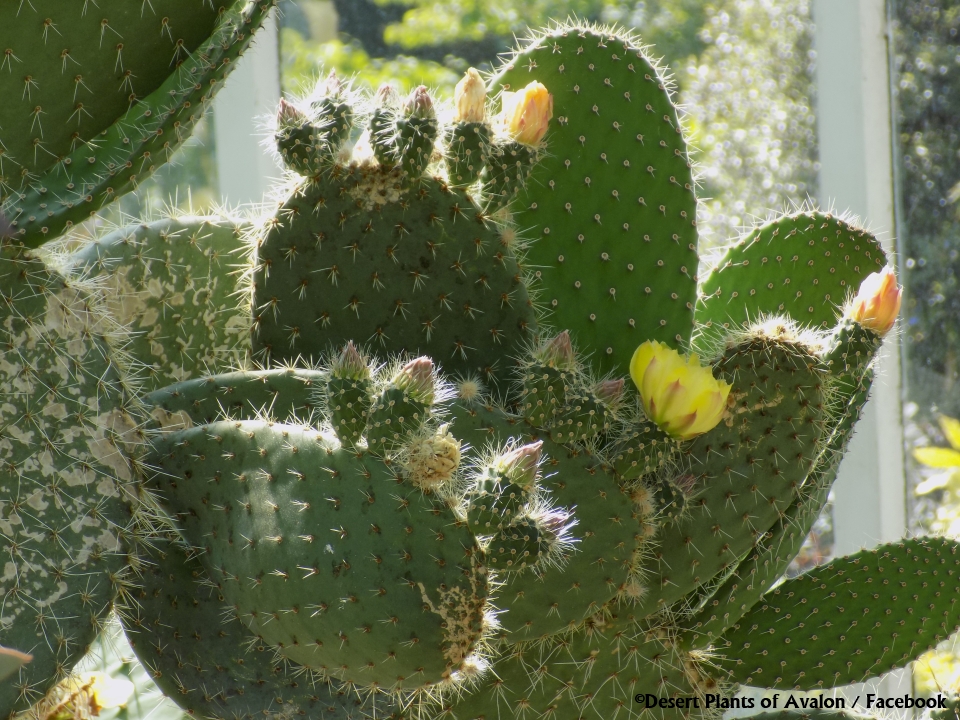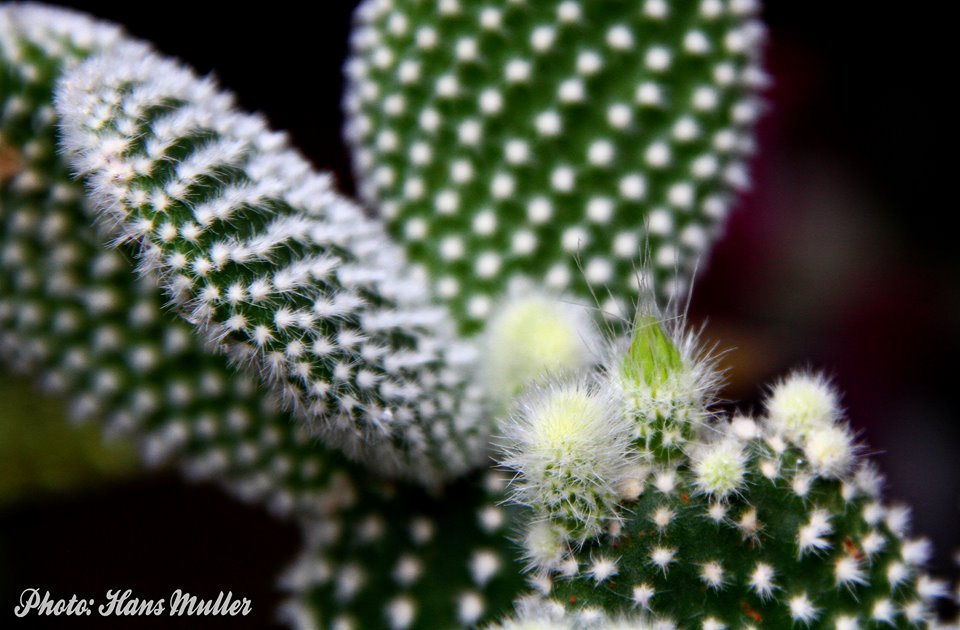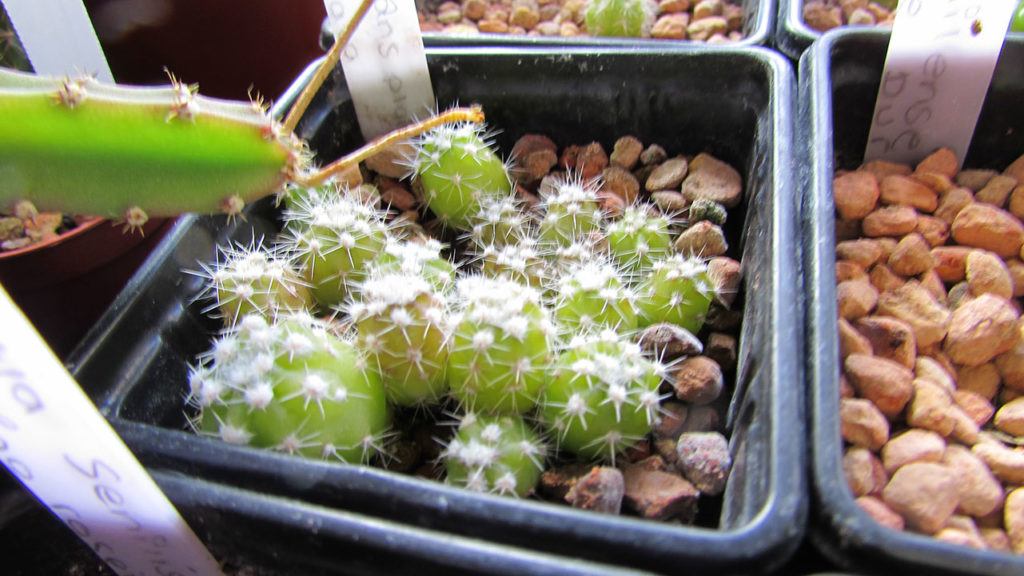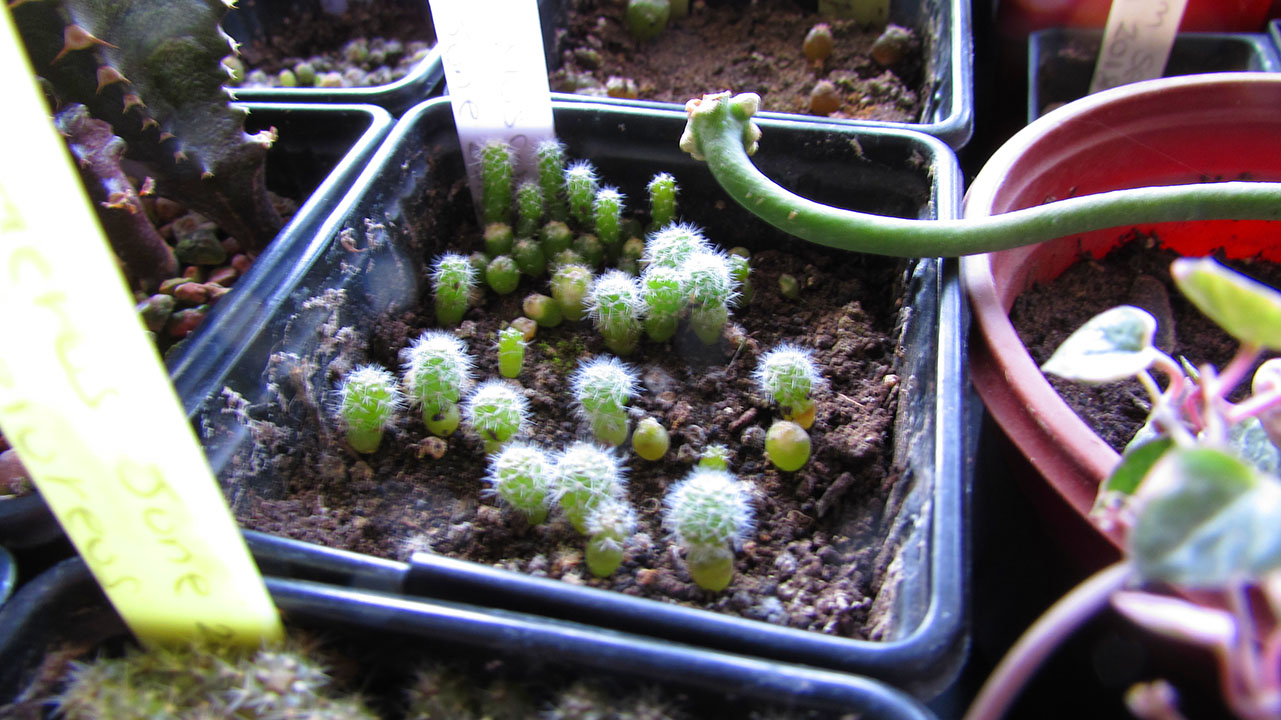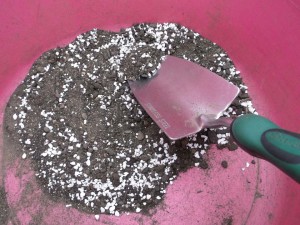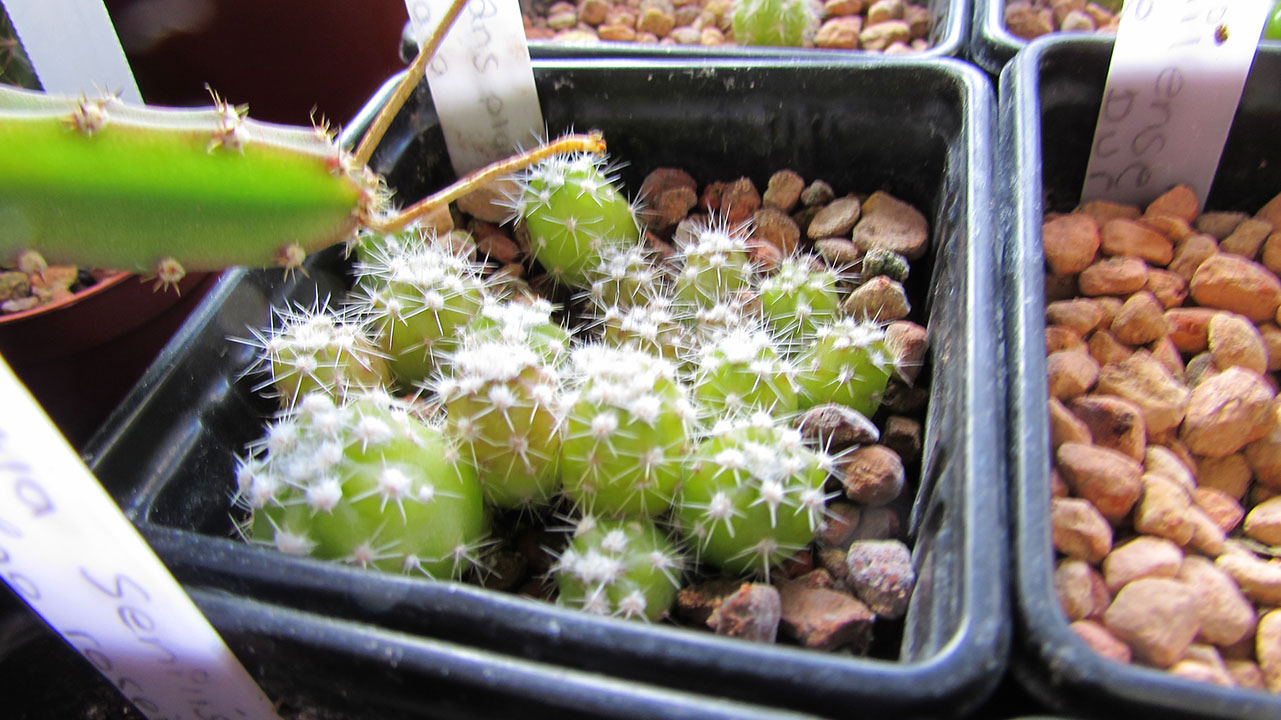Hi Guys 😀
In this Blog I will be talking about a rather unusual and very unique little Cactus called Puna clavarioides also called The Dead man’s fingers Cactus, Mushroom Opuntia, Maihueniopsis clavarioides, Opuntia clavarioides, Opuntia ruiz-lealii, Opuntia Puna clavarioides.
I have filmed a How To Care For video on this Cactus on my You Tube Channel called Desert Plants of Avalon and you can watch this care video HERE

ABOUT :
This weird and wacky Cactus is the type species of the genus Puna also known as the genus Maihueniopsis.
The Puna genus of cacti are some of the most diverse cacti of the opuntiads and are closely connected to Opuntia, Tephrocactus and Austrocylindropuntia.
These Cacti are all part of the very large group of the Opuntioideae Family of Cacti. The Opuntioideae Family of Cacti are commonly known as ‘The Prickly Pear’
Puna clavariodes is a low growing geophyte cactus that grows in clusters up to 15 cms tall, with conical shaped stems of reddish brown to dark green to grey colour that emerge from tuberous roots.
In natural habitat this Cactus is found in Argentina growing in high altitude on rocks and sand between 2,000 -3,000 metres above sea level in a very dry arid environment.
The Puna clavariodes Cactus although part of the Opuntioideae Family of Cacti does not have glochids that are more commonly associated with the Opuntioideae.
The flowers on this cactus are a yellow /green colour and about 4 cms in length.
This Cactus is rare in cultivation and therefore not commonly seen for sale and when it is for sale it is more commonly sold as a cristate form that is often grafted onto a grafting stock cactus such as Trichocereus spachianus.
CARE & CULTIVATION:
LIGHT:
Puna clavariodes likes a bright and sunny position all through the year, but can tolerate some light shade too but these Cacti grow better in full sun as long as they are protected from very strong heat.
A bright sunny greenhouse or a south facing window is ideal if protected from heat and sun scorch from glass on very hot Summer days.
WATERING:
Water well in Spring and Summer but ALWAYS allow the soil in the pot to fully dry out before watering again as these Cacti are very prone to rot if kept too wet due to their tuberous root systems.
Clean rainwater is always preferred if it is available, but tap water is ok as long as the Ph of your water is not too high ( above 7,5 pH ) Its always best to let tap water sit for 24 hours before using it to allow some of the chemicals to dissipate.
Keep this Cactus totally dry over the Winter dormancy period with no water given whatsoever.
SOIL:
Puna clavariodes likes a very well draining mineral soil as this cactus is very prone to rot due to the tuberous root system and a well draining soil is a must. I like to use a soil mix of 3 equal parts of a Loam based soil with with Horticultural sand and grit. Check out my page on this website on GROWING MEDIUMS for more advice on How to Make Your Own Cactus Soil.
RE POTTING:
Re pot only in Spring and Summer when this cactus is actively growing, this is because it is a slow growing cactus and because of the tuberous root its best to keep this plant in a clay pot that is deep enough just to cover the tuberous root, it is always safer to under rather than over pot.
Do not water this cactus for the first 2 weeks after re potting to allow the roots and tuber to acclimatise.
FERTILISING:
Feed Puna clavariodes in Spring and Summer every month with a Cactus fertiliser diluted at half strength, this is because this cactus is a slow growing plant and does not require lots of fertilising.
FLOWERING:
Puna clavariodes flowers in Spring and Summer with yellow blooms. A dry winter rest period will help to encourage blooming the following year.
TEMPERATURE:
Puna clavariodes likes to be kept above 5 Celsius / 41 Fahrenheit in the Winter months, but can take lower temperatures than this if growing this cactus in a very dry arid climate.
Protect this Cactus from very high Summer temperatures above 32 Celsius / 90 Fahrenheit.
Here is a video that I have made for my You Tube Channel called Desert Plants Of Avalon on How To Care For Puna clavariodes and you can watch that video below:
Thank you so much for reading and HAPPY GROWING GUYS 😀
